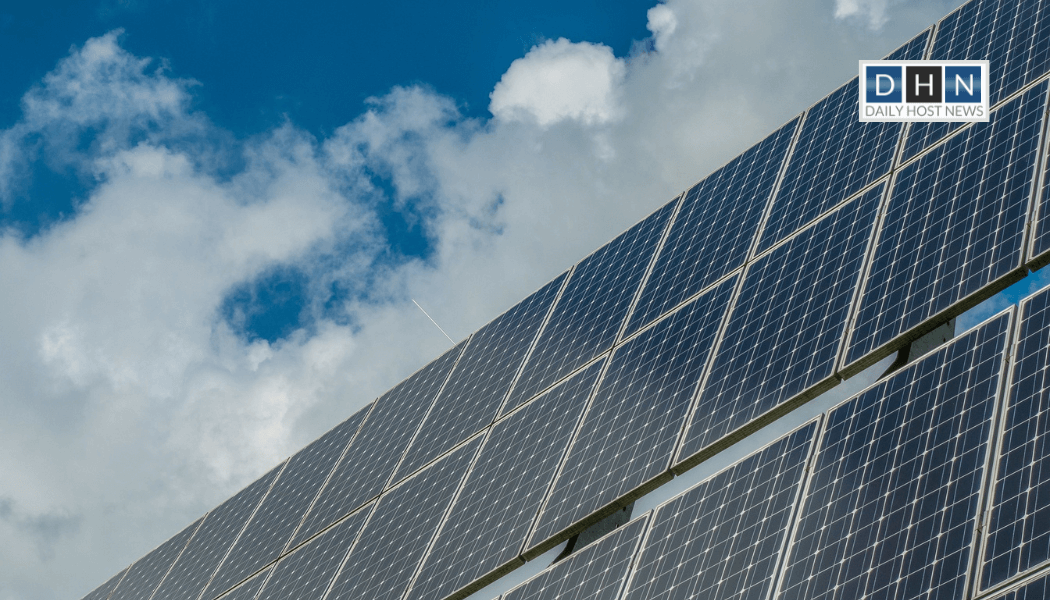Even though datacenters use 1% of all the electricity in the world, their influence on renewable, sustainable energy has been very large. Some of this impact is direct and easy to see, while some are indirect and harder to measure. Power purchase agreements (PPAs) are one of the most visible ways to see the impact companies have made in the renewable energy markets.
Microsoft recently announced PPAs in Ireland for more than 900 megawatts of new renewable electricity capacity. It forecasts that its datacenters in Ireland will be completely powered by renewable energy by 2025 from new projects supported by PPAs. Not only Ireland, but the company will also have PPAs for green energy contracted for 100% of carbon-emitting electricity consumed by all its datacenters, buildings, and campuses.
Microsoft plans to have all of its electricity consumption come from zero-carbon energy sources by 2030. By 2050, the company plans to completely remove all carbon emissions from the environment. This includes emissions from the company itself and electrical consumption.
Microsoft to support the market for renewables
Microsoft has been using innovative methods to show how datacenters can conserve power and reduce emissions. Datacenters can even send energy back to the grid.
- The two new datacenters in Finland will contribute waste heat to the district heating system that provides warmth to over 250,000 people in winter.
- The Microsoft datacenter region in Sweden makes use of rainwater and outside air to cool servers. The generated heat keeps work areas warm for employees. Moreover, Microsoft is piloting batteries to replace diesel generators as backup systems in Sweden datacenters.
- In Ireland, Microsoft’s datacenters use batteries to ensure an uninterruptible power supply. Through a collaboration between Microsoft and Enel X, these batteries will be able to provide grid services via instantaneous interaction with the power grid. Microsoft’s backup batteries can help maintain a steady flow of energy to power customers if there is any fluctuation in the wind and/or solar power production.
These measures ensure less dependence on fossil-fuel-burning power plants to maintain steady power, cutting emissions and fuel costs.
Looking ahead, the work of technology companies in digitalization, artificial intelligence (AI), and information systems could be critical in creating a smarter, more flexible energy system that can get to net-zero emissions. AI can be used for almost anything starting from eliminating supply-chain issues to creating more accurate local weather forecasting to helping providers find ways to capture more energy.
Energy transitions are slow because they involve a lot of infrastructures. The digital tools that datacenters provide will help to speed up this transition to renewable energy sources.
According to Microsoft, the grid is not the only infrastructure it can help decarbonize. Using new digital tools, Microsoft is helping customers reduce their emissions. The Microsoft Cloud for Sustainability, will enable customers around the world to record, report, and reduce their emissions.
Read next: Microsoft partners to benefit from MOME integration with Ingram Micro Cloud Marketplace








